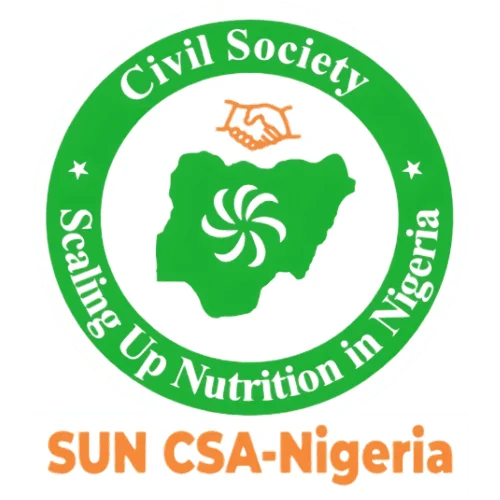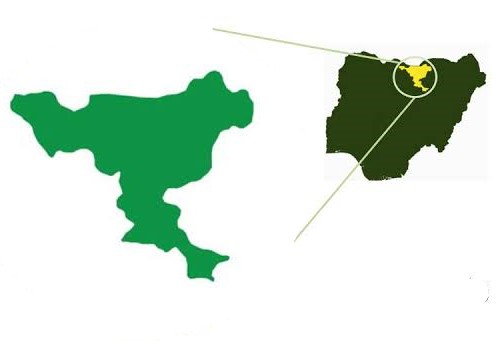TERMS OF REFERENCE TO ENLIST THE SERVICES OF A CONSULTANT TO CONDUCT BUDGET ANALYSIS OF 2015/2016 BUDGET FOR NUTRITION AND PRODUCE ADVOCACY BRIEFS AND FACT SHEETS/INFOGRAPHICS TARGETING POLICYMAKERS ON THE NEED FOR INCREASE IN BUDGET AND TIMELY RELEASE OF BUDGET ALLOCATIONS FOR NUTRITION AT THE NATIONAL AND 3 STATES; KADUNA, NASARAWA AND NIGER).
Background:
Malnutrition among women and children is a major challenge to health and human development of any country. Malnourished children have an increased risk of disability and premature death and are highly predisposed to infectious diseases. Nigeria has one of the highest burdens of malnutrition in Africa and globally. The 2013 Nigeria Demographic and Health Survey (NDHS) shows that 37% of Nigerian children under-five are stunted, 29% are underweight, and 18% are wasted – a sign of acute malnutrition, with the trend worsening with levels of wasting rising from 14% as observed in 2008. The National Demographic and Health Survey (2013) further shows that Under-5 mortality rate is 128/100,000 live births, infant mortality is 69/100,000 and one of the worst maternal mortality ratio of 576/100,000 live births. Nigeria’s poor health status is underlined by equally inadequate levels of access to basic life-saving health services for the most vulnerable populations, especially women and children.
The National Strategic Plan of Action for Nutrition (NSPAN) which was adopted at the 2014 National Council of Health, sets out nutrition-specific and nutrition-sensitive interventions with measurable targets to be achieved between 2014 and 2019. Annually, a total of NGN 85.1 billion (431 million USD) is required to implement the NSPAN’s six priority areas of focus, namely; Maternal Nutrition, Infant and Young Child Feeding, Management of Severe Acute Malnutrition, Micronutrient Deficiency Control, Diet Related Non-communicable Diseases and Nutrition Information Systems .

